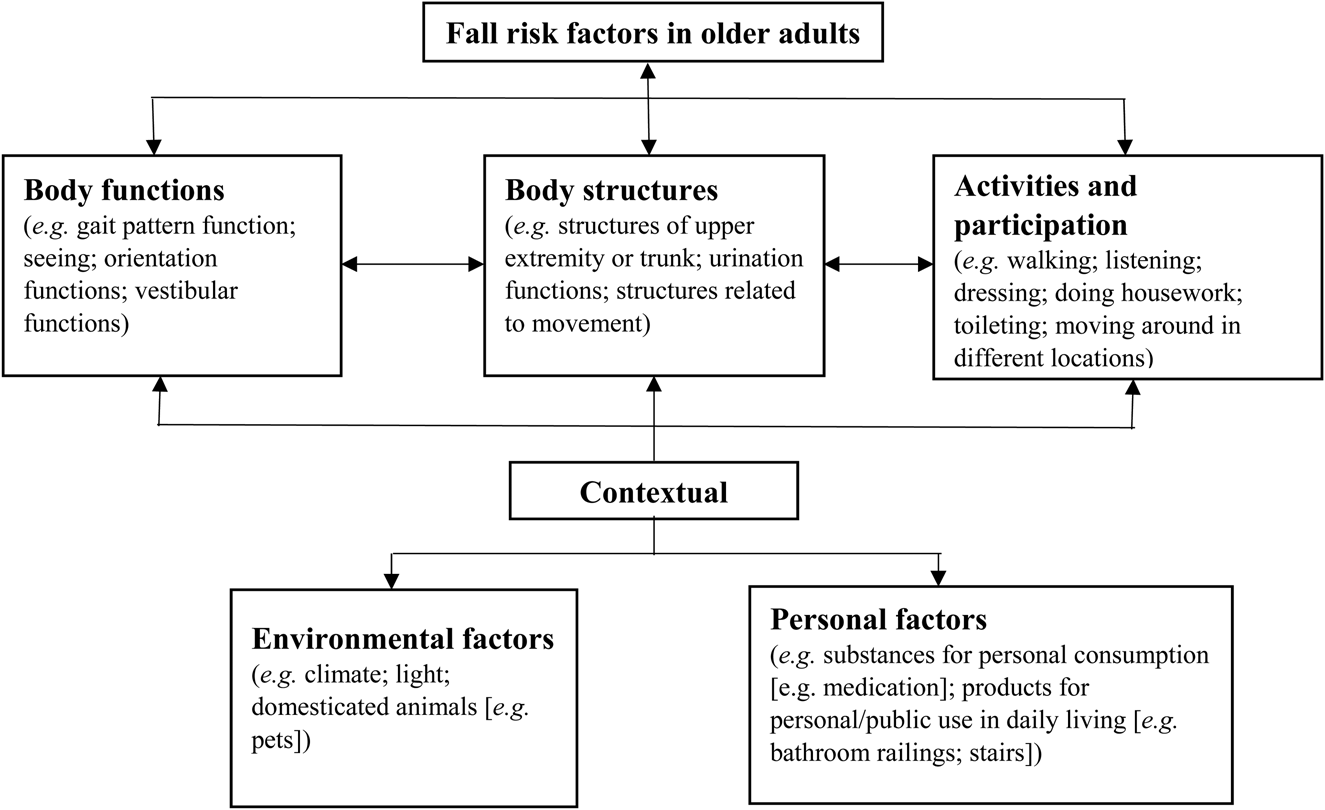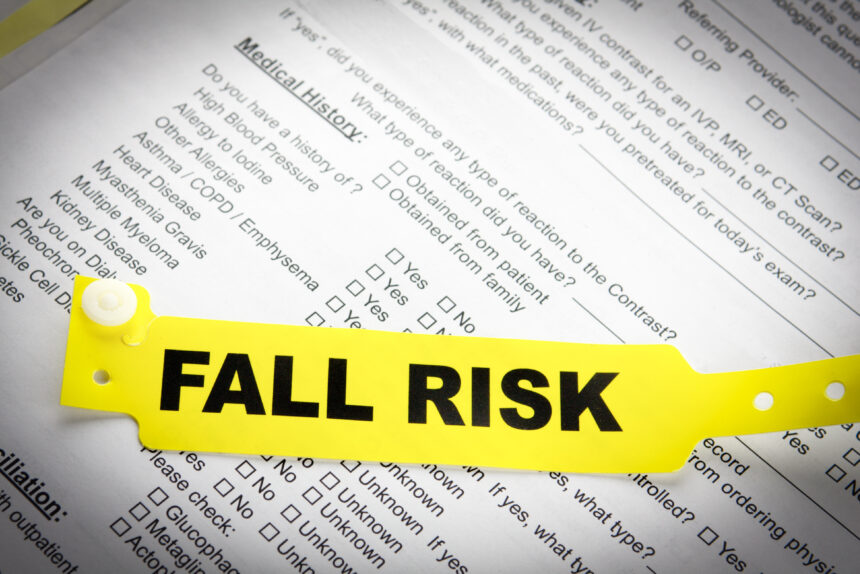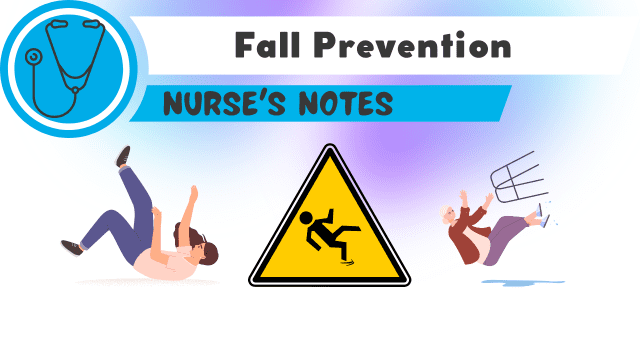The 10-Minute Rule for Dementia Fall Risk
The 10-Minute Rule for Dementia Fall Risk
Blog Article
Dementia Fall Risk Things To Know Before You Buy
Table of ContentsNot known Incorrect Statements About Dementia Fall Risk Some Known Details About Dementia Fall Risk The 6-Minute Rule for Dementia Fall RiskThe smart Trick of Dementia Fall Risk That Nobody is Talking About
A loss risk assessment checks to see exactly how most likely it is that you will fall. The assessment typically consists of: This consists of a collection of questions about your general wellness and if you have actually had previous drops or troubles with balance, standing, and/or walking.Interventions are referrals that may minimize your danger of dropping. STEADI consists of three steps: you for your risk of dropping for your risk variables that can be boosted to try to avoid drops (for example, equilibrium problems, impaired vision) to reduce your danger of dropping by making use of reliable strategies (for instance, offering education and learning and resources), you may be asked a number of inquiries including: Have you dropped in the past year? Are you fretted regarding falling?
If it takes you 12 secs or even more, it might suggest you are at greater risk for an autumn. This test checks stamina and equilibrium.
Relocate one foot halfway ahead, so the instep is touching the large toe of your various other foot. Relocate one foot completely in front of the other, so the toes are touching the heel of your various other foot.
The Single Strategy To Use For Dementia Fall Risk
The majority of falls take place as a result of multiple adding aspects; consequently, taking care of the threat of falling starts with identifying the elements that contribute to drop risk - Dementia Fall Risk. Several of one of the most appropriate risk aspects consist of: History of prior fallsChronic medical conditionsAcute illnessImpaired stride and balance, reduced extremity weaknessCognitive impairmentChanges in visionCertain risky medications and polypharmacyEnvironmental aspects can also enhance the threat for drops, including: Inadequate lightingUneven or damaged flooringWet or slippery floorsMissing or harmed handrails and order barsDamaged or poorly equipped equipment, such as beds, wheelchairs, or walkersImproper use of assistive devicesInadequate supervision of individuals living in the NF, including those who show aggressive behaviorsA effective fall threat monitoring program requires a comprehensive medical evaluation, with input from all participants of the interdisciplinary team

The treatment plan must also include interventions that are system-based, such as those that promote a secure environment (suitable lighting, handrails, order bars, etc). The performance of the interventions should be assessed regularly, and the treatment plan modified as required to show adjustments in the loss threat assessment. Carrying out an autumn danger management system using evidence-based best method can reduce the frequency of falls in the NF, while restricting the capacity for fall-related injuries.
The Main Principles Of Dementia Fall Risk
The AGS/BGS guideline advises screening all grownups matured 65 years and older for loss risk yearly. This screening contains asking clients whether they have fallen 2 or more times in the previous year or sought clinical attention for a loss, or, if they have not fallen, whether they really feel unsteady when walking.
People that have dropped once without injury should have their equilibrium and stride assessed; those with stride or equilibrium abnormalities ought to get added assessment. A history of 1 dig this loss without injury and without gait or equilibrium issues does not necessitate further analysis beyond continued annual loss danger screening. Dementia Fall Risk. A loss risk evaluation is called for as part of the Welcome to Medicare exam

Dementia Fall Risk Fundamentals Explained
Recording a drops background is one of the quality indications for autumn prevention and administration. Psychoactive medications in specific are independent forecasters of drops.
Postural hypotension can typically be minimized by minimizing the dosage of blood pressurelowering medications and/or stopping medications that have orthostatic hypotension as a negative effects. Use above-the-knee support pipe and copulating the head of the bed raised may additionally minimize postural decreases in blood moved here pressure. The recommended components of a fall-focused physical exam are displayed in Box 1.

A yank time higher than or equivalent to 12 secs recommends high loss danger. The 30-Second Chair Stand test evaluates lower extremity strength and equilibrium. Being not able to stand up from a chair of knee elevation without using one's arms suggests raised loss risk. The 4-Stage Equilibrium test evaluates static balance by having the individual stand in 4 settings, each considerably much more tough.
Report this page